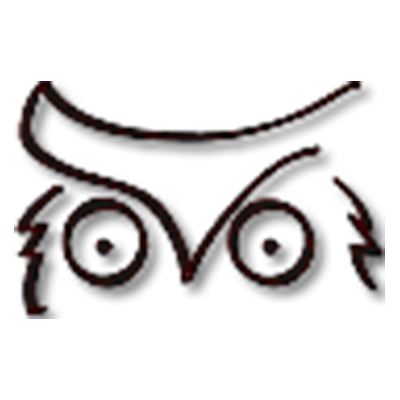Edward Lear's Alphabet of Nonsense




Edward Lear's Alphabet of Nonsense
Publisher: Ashmolean Museum, Oxford
ISBN 13: 978-1-854442-71-0
Pages: 60
Size: 7.3" x 11.7"
Hardcover
The skill and humor found in the lettering and language of Edward Lear is nearly a lost art. English illustrator, author and poet, Lear (1812-1888), created an alphabet of literary fun which is reproduced in this delightful book. His alphabet of limericks show him to be the master of this peculiar and delightful literary form and the alphabet still delights children and adults after over 150 years.
During a lifetime of travel and art creation, Lear was employed mainly in drawing birds and animals and making colored drawings. He invented putting to paper the ‘sound’ of real and invented words. Each word is a surprise.
Perhaps being the youngest of 20 siblings meant Lear had to outdo the others and may have been the impetus for developing an incomparable wit.
Review by Janice Durante, New York Journal of Books:
“…...as close as most of us can get to honoring a baby with an original book….imagine a world where children never laid eyes on The Owl and the Pussy-Cat with their beautiful pea-green boat... or never ventured to the land where the silly Jumblies live and went to sea in a sieve.
“…Thanks in large part to Edward Lear, young and old encounter a literary landscape forever expanded and enriched by topsy turvy nonsense.
“… one of six published nonsense alphabet books by Mr. Lear, this version was born at the estate of William and Arabella Prescott, who had a new granddaughter named Ruth Decie. In the enlightening introduction to the Ashmolean edition, curator Colin Harrison relates that ‘Lear recorded in his diary for 22 June 1862 that he'rose at 6:30 & made an alphabet for the Decie baby till 9,' and completed it after lunch.’”
“….Resembling a journal, with marbled endpapers, a black cover and inside, soft blue pages and gray, this work has an unusually fresh, informal feel to it. Readers can even see the faint lines on which the artist drew each capital letter, as well as occasional spots, ink splotches, and smudges.
“ …..The format is pleasing, with an easily read typeset page on the left containing first the uppercase letter, followed by a four-line rhyme, then the lowercase letter with a snappy little phrase. On the facing page, we see the corresponding replica of Mr. Lear's pen-and-ink drawings of animals and mostly everyday objects, with his handwritten poem and phrase beneath. Each letter shows a splash of spontaneity and the artist's delight in the doing.
“… The alphabet book differs significantly from the 1871 version included in many anthologies, with such well known bouncy lines as "A was once an apple pie,/ pidy/ widy/ tidy/ pidy/ nice insidy, apple pie!" Rather, the rhymes here seem more subdued, only now and then dipping into the absurd..
“… More fun follows, as in: "M was a Mill,/ Which turned round and round/ As fast as could be/ With a loud hummy sound." Underneath the rhyme we find: "merry old mill!" The facing page shows Mr. Lear's endearingly imperfect drawing of a windmill and a ladder leading to the ground.”.
“… Perhaps most readers have never called a mill merry. No matter; as the British critic G. K. Chesterton affirmed, ‘...there are two ways of dealing with nonsense in this world. One way is to put nonsense in the right place; as when people put nonsense into nursery rhymes. The other is to put nonsense in the wrong place; as when they put it into educational addresses, psychological criticisms, and complaints against nursery rhymes or other normal amusements of mankind.’.

